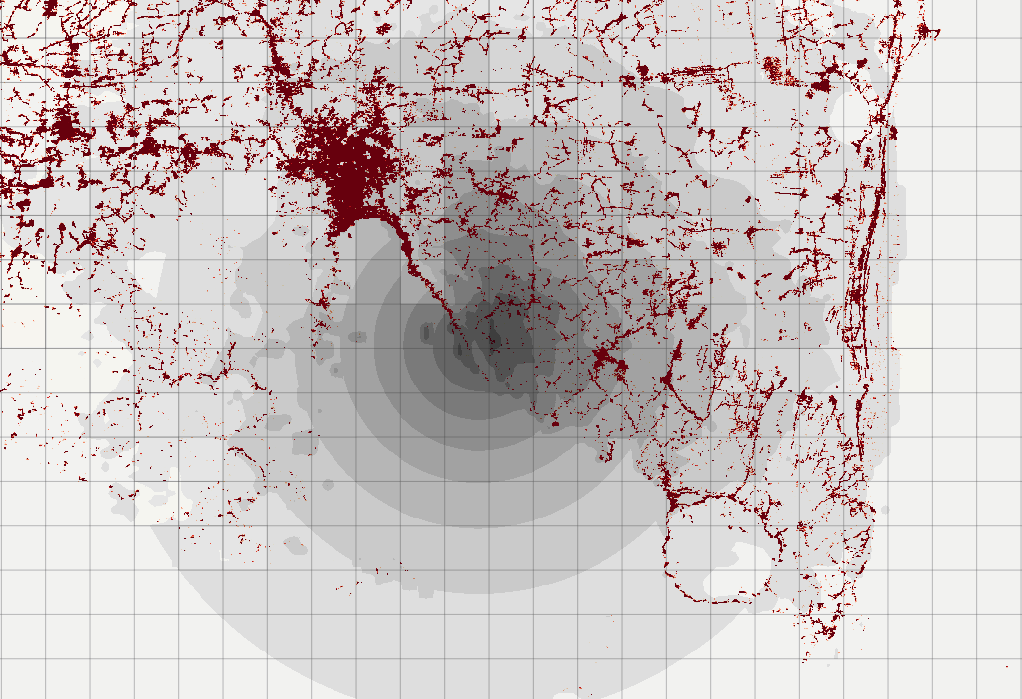
Robert Reinhardt
PhD Economics Student
🌪️ Disaster & Climate Analytics
- Paris, France
- Google Scholar
- Github
Research
You can also find my articles on Google Scholar
Published Work

Shaking up Foreign Finance: FDI in a Post-Disaster World
Economics of Disaster and Climate Change (2024)
Related conference proceeding:
The complexity of disaster impacts: An example on foreign investment in Indonesia
Revue d'économie du développement, 2023/3–4 (Vol. 35)
The complexity of disaster impacts: An example on foreign investment in Indonesia
Revue d'économie du développement, 2023/3–4 (Vol. 35)
Abstract
This paper studies the effects earthquakes have on inward foreign direct investment (FDI) within a country. I use a dynamic difference-in-difference model to estimate the impact of geophysical disaster exposure in 416 Indonesian districts. The effects are only temporary: FDI inflows plummet by 90% on average in the first year after an earthquake before recovering to pre-earthquake levels. The effect is largely driven by shocks through affected upstream industries within local supply chains, and centered within the manufacturing sector. This highlights the importance to also consider indirect earthquake effects through spatial and production networks, besides the direct effects on labor and capital.Ongoing work

Crisis-Driven Mobility: Exploring The Impact of Complex Disasters on Sub-Saharan Africa’s Rural Population
Pre-print available soon
Abstract
Climate change increases the probability of complex natural hazards, yet most economic studies focus on singular hazard events. This paper examines the impact of cumulative and interconnected hazard events on net population trends across 3 863 districts in Sub-Saharan Africa. Using a panel model with three sets of fixed effects, the analysis reveals that standard approaches relying on annual individual treatment indicators obscure significant heterogeneity. In contrast, co-occurring events - especially those involving drought, temperature or floods - have amplified effects on population change. Tested mechanisms suggest increased food insecurity and losses in agricultural production as potential channels. The impacts center around poor, rural and remote districts, while adjacent urbanized districts display greater resilience, suggesting possible rural-urban migration tendencies. The findings underscore the importance for policymakers to incorporate compound risks into climate adaptation strategies, especially for vulnerable rural areas.
A Global Replicable Open-Source High-Resolution Hazard Database
Pre-print available soon
Abstract
This project aims to create a globally applicable dataset on a high-resolution level for 19 IPCC natural hazard classes. It incorporates pre-existing databases and combines 54 different satellite products and databases from current publications. The data covers monthly level aggregates from 2000 to 2019. It aims to provide economists and policy makers with improved access to remote sensing products to ameliorate predictions made for post-disaster studies.
Growth Under Rising Pressure: Weather Shocks in Sub-Saharan African Cities
Pre-print available soon
Abstract
Sub-Saharan African cities are among the fastest growing in the world but face significant climatic risks. This study investigates how the four most important weather shocks (floods, heat waves, drought, and storms) have shaped the physical expansion of 5,721 cities in the region between 2000 and 2019. Using high-resolution remote sensing data combined with a panel of weather shocks observed over time, we find that floods, especially, reduce urban growth by 3–9%, most notably in western Africa. The effects are substantially amplified when floods follow heat waves, a common co-occurring combination. Droughts, when considered in the surrounding areas of cities, are associated with a 3% growth in urban areas. However, inverse effects are observed when treatment history is taken into account. Storms appear to accelerate the growth of wealthier towns, although the evidence is limited. Heatwaves alone show no clear effect. Our findings emphasize the need for integrated flood adaptation policies that take common co-occurring hazards equally into account. Furthermore, we emphasize the importance of considering both the historical context and the spatial dimension of the shock in empirical work.Additional Projects:
- The Macrofinancial Burden of Climate Change: Building climate-resilience under debt distress
with A. Jaber - Crops, Convective Storms and Consumption: A Loss-damage assessment of Colombian cultivation
with A. Arciniegas Herrera - Geospatial Modelling of Climate-Induced Tropical Disease Outbreaks: A deep-learning approach
- The Price of Prediction Error: Evaluating Excess-Mortality related to Climate Missprediction